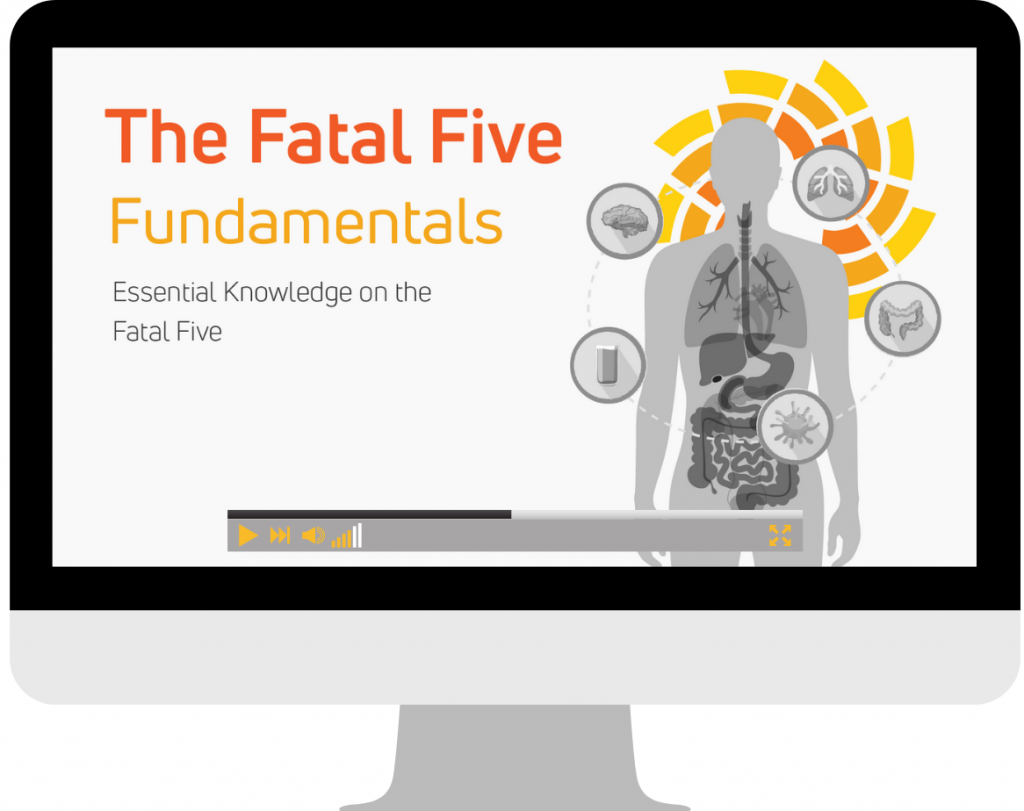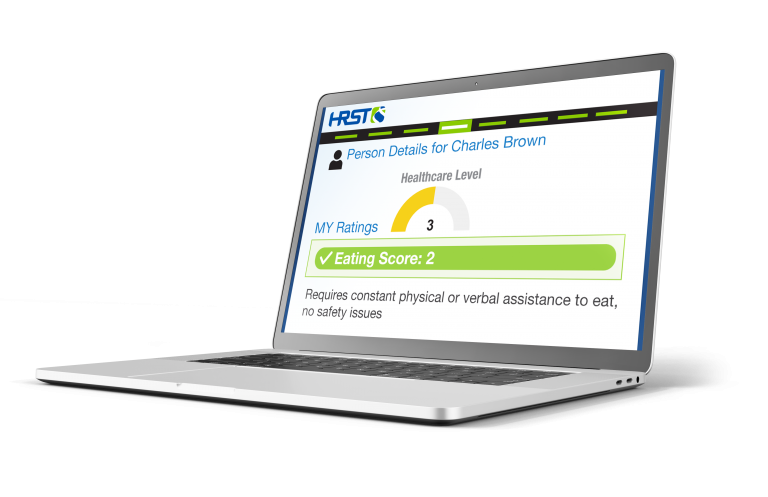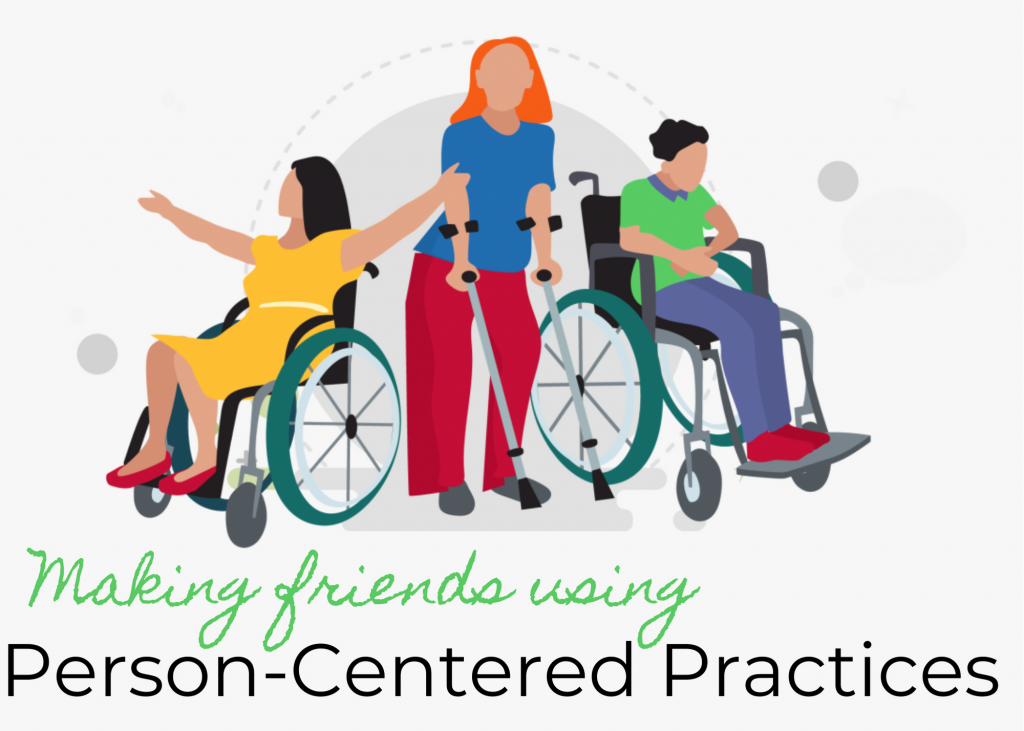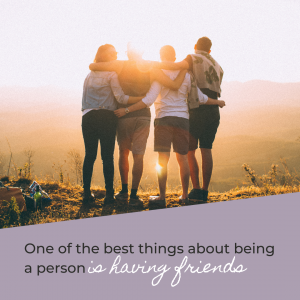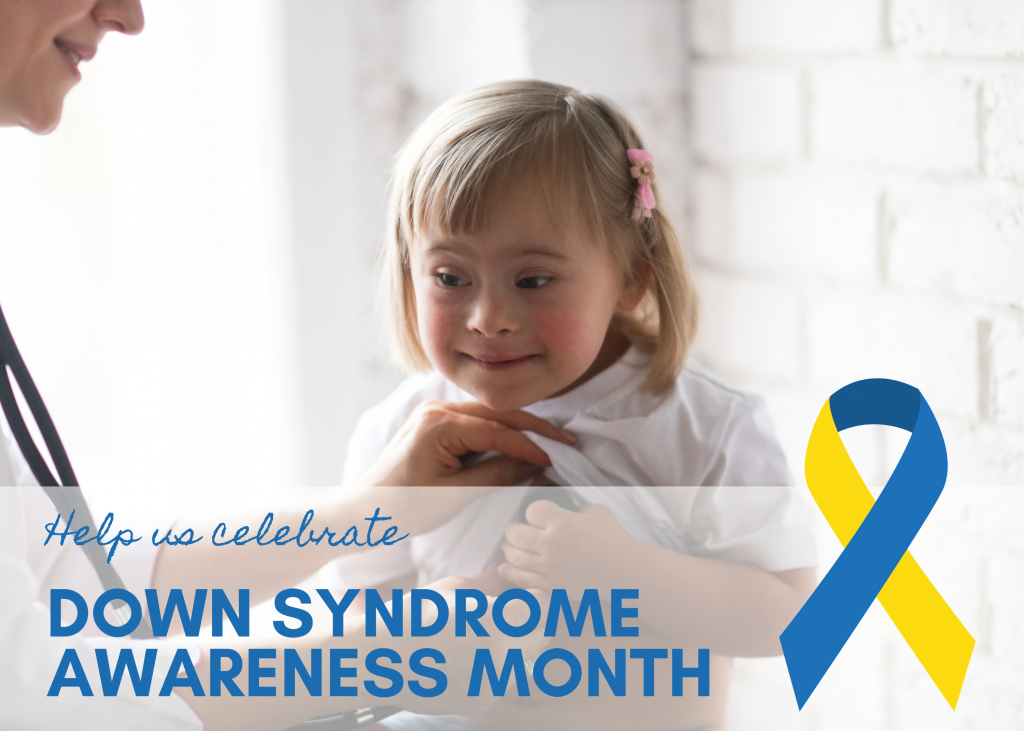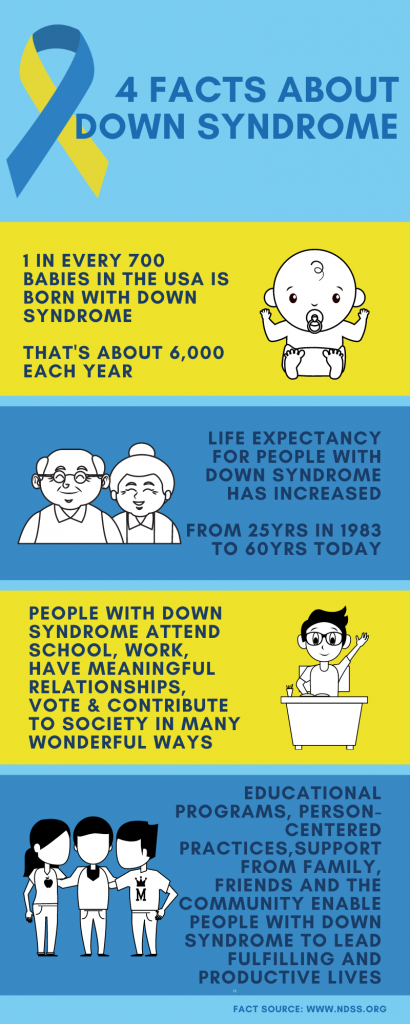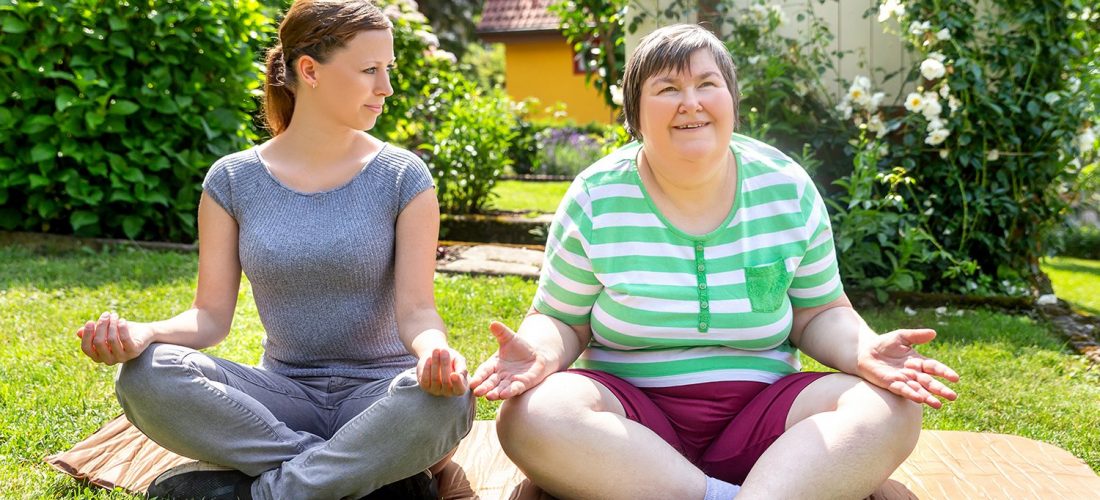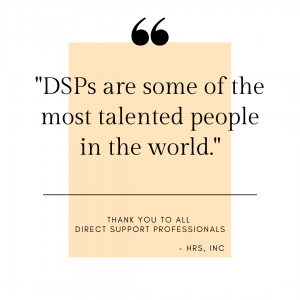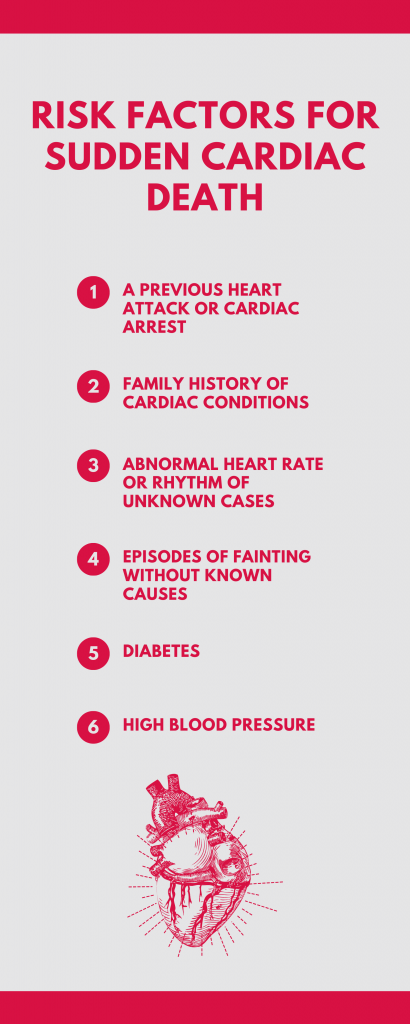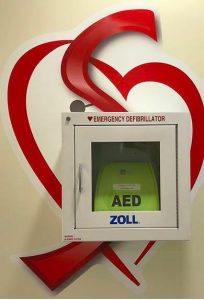Three Reasons to Train Staff on the Fatal Five Using eLearn
Dr. Craig Escudé was recently asked to give three reasons why states and agencies should consider using eLearn training on the Fatal Five to train their support staff.
The first reason is simply because it’s not common knowledge. We aren’t born with the ability to recognize health destabilization, and particularly in people with intellectual and developmental disabilities who communicate differently and not always using words. It can be very challenging to see the early signs of things like an aspiration pneumonia condition developing or constipation that could turn into bowel obstruction that could lead to hospitalization or sepsis or seizures or dehydration, or even gastroesophageal reflux disease. We simply don’t have this knowledge. And the only way we can get it is if we receive training and eLearn training is efficient and a very good way to impart this knowledge to supporters of all levels.
The second reason is because there are fewer eyes. You know, there are just simply less people in the direct support professional world at this time, which means there are fewer eyes, fewer people that are able to provide oversight and supervision and guidance and support to people with intellectual and developmental disabilities. And when there are fewer people, it’s even more important for them to be trained to recognize these conditions, these early signs, so that they know what to do and how to act when they see these things. These small little bits of information that are learned in these eLearn courses can be life-saving to people that they are supporting.
The third reason, high staff turnover. We know that there’s a lot of turnover in the field of providing supports and services for people with intellectual and developmental disabilities, especially in the direct support level positions. And we need to have training that’s readily available.
We need training that can be accessed at any time to train staff as soon as they come into a program to begin work so that they are aware of these health risks early.
It’s important that they know what to do, they know what to look for, and they understand them thoroughly.
And we can’t always wait a month for in-service training, but having eLearn courses like this available that someone can start right away can help ensure that staff, as soon as they come into work, can receive the important training that they need.
That can not only save lives but just reduce unnecessary pain and suffering in people with intellectual and developmental disabilities by helping them get diagnosed properly and treated for conditions that are known to be preventable causes of morbidity and mortality.
Contact us today to see a preview of our online health and safety training eLearn, The Fatal Five Fundamentals.
Call us at 727-437-3201 or email us at Inquiries@ReplacingRisk.com.

